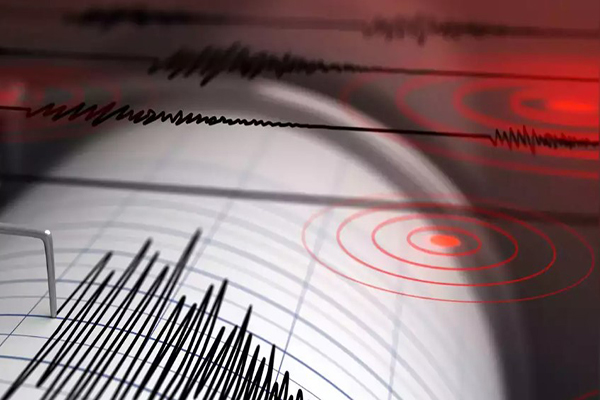Stay Alert and Stay Safe: The Importance of Earthquake Monitoring Systems

Image Source: Google
Introduction
Earthquakes are one of the most powerful and unpredictable natural disasters that can strike at any moment without warning. To mitigate the risks associated with earthquakes, early detection and monitoring systems play a crucial role in alerting people and authorities about potential seismic activities. In this article, we will discuss the importance of earthquake monitoring systems and how they help in keeping individuals and communities safe.
Why Earthquake Monitoring Systems are Important
Early Warning
- Earthquake monitoring systems provide early warnings that can help people take necessary precautions and evacuate to safer locations before the actual tremors hit. If you are looking for the earthquake monitoring system then, you may navigate to this site.
- These warnings can save lives by giving individuals and emergency services valuable time to prepare and respond effectively.
Risk Assessment
- Monitoring systems help in assessing the risk of earthquakes in specific regions based on historical data and current seismic activities.
- This information is vital for urban planning, infrastructure development, and disaster preparedness to reduce the impact of earthquakes on communities.
Scientific Research
- Earthquake monitoring systems aid scientists in studying the patterns and behavior of seismic activities to gain a better understanding of earthquakes and their potential impacts.
- By analyzing the data collected from these systems, researchers can improve prediction models and develop innovative solutions to mitigate earthquake risks.
Types of Earthquake Monitoring Systems
Seismometers
- Seismometers are devices that detect and record the vibrations caused by seismic waves during an earthquake.
- These instruments are strategically placed across seismically active regions to monitor ground movements and provide real-time data to seismologists.
GPS Technology
- GPS technology is used to measure the displacement of the Earth's surface before, during, and after an earthquake.
- By tracking the movement of ground stations, scientists can detect changes in land elevation and deformation caused by seismic activities.
InSAR (Interferometric Synthetic Aperture Radar)
- InSAR uses radar satellite images to create detailed maps of ground deformation associated with earthquakes.
- This technology helps in monitoring fault lines, identifying potential risks, and assessing the impact of earthquakes on the environment.
Community Engagement and Preparedness
While earthquake monitoring systems are essential for early detection and risk assessment, community engagement and preparedness are equally important in ensuring public safety during seismic events.
Public Awareness Campaigns
- Authorities should conduct public awareness campaigns to educate individuals about earthquake risks, safety measures, and evacuation procedures.
- By involving the community in disaster preparedness initiatives, people can be better equipped to respond to earthquakes effectively.
Emergency Response Plans
- Communities should develop and implement comprehensive emergency response plans that outline roles and responsibilities during seismic events.
- These plans should include evacuation routes, designated shelters, communication protocols, and coordination with local authorities.
Training and Drills
- Regular training sessions and drills can help individuals practice earthquake safety procedures and enhance their preparedness for real-life scenarios.
- By simulating earthquake situations, communities can identify strengths and weaknesses in their response plans and make necessary improvements.
Conclusion
Earthquake monitoring systems play a critical role in safeguarding lives, property, and infrastructure from the devastating impact of seismic events. By providing early warnings, assessing risks, and facilitating scientific research, these systems enable communities to stay alert and stay safe in the face of earthquakes. However, effective disaster preparedness requires a collaborative effort involving government agencies, scientific institutions, and the public to build resilient communities and minimize the impact of earthquakes on society.